| | With our air temperatures threatening to be over 100 the rest of the week, is there anything we can do in the garden, instead of just escaping indoors? Yes - but be selective both in conserving your own energy and the amount and timing of your watering. My garden faces the northeast, and the sun goes over the hill by about 5pm (4pm during non-daylight-savings months), so that’s when I’m in the garden. After years of loving to be in the brilliant sun working in the garden for as many hours as I could, I now spend only an hour or two at a time during that indirect-light time of day. Still sweating, but not having to wear sunglasses, a hat, and long sleeves! Watering If you feel you should frequently water your garden in the hopes of relieving it from the heat, give a thought to your soil type – if it doesn’t drain well, the potential is higher for phytophthora, a soil pathogen that thrives in hot, moist soils that don’t drain well. For more information, see http://ipm.ucanr.edu/PMG/PESTNOTES/pn74133.html). My hillside garden -- based on decomposed granite with 75 years of incorporated manure and compost – doesn’t have this issue, but I’m still concerned about timing my watering according to a combination of my best guesstimate observing the plants and soil, and the readings of my $9 soil-moisture probe from Home Depot. Before watering each bed or fruit tree, I see what the 9” probe registers – sometimes it’s different a foot or two apart – so then I confidently water where it’s needed and not where it’s not. Tomatoes and other large plants in loamy clay soil use about one inch of water in three days of hot dry weather. Rinse the undersides of leaves with water to discourage spider mites. Some wilting of foliage at the end of a hot, dry day is to be expected, but wilting through to the following morning indicates the immediate need for a deep watering for the roots and a gentle sprinkling of the foliage. Water and fertilize melons deeply once a week for large, juicy, fleshy fruits. But, about a week before they will ripen, stop watering so their sugars will concentrate. This is also true for tree fruits. Foliage on your garlic and bulb onions should have begun to dry naturally. If it hasn’t, bend the foliage to the ground to encourage the bulbs to form the dry outer layers that are necessary for long storage, and stop watering. A month later during harvest, avoid bruising the bulbs as you cure them in single layers on slats or screens in a dry, shady, well-ventilated place. Make sure the necks of the bulbs are completely dry (crisp and papery) before clipping the foliage or bunching and tying the bulbs. Store the thoroughly dried onions in a shaded, cool, dry, well-ventilated area. Check them periodically, and eat any that show signs of spoilage. Thick-necked onion varieties are more vulnerable to spoiling because they dry more slowly and less completely than thin-necked ones, so eat these first. Planting Corn When I first began gardening on my own – when we lived in Davis on former tomato-growing soil – I tried growing everything we ate. What a great adventure, figuring out what each type of plant needed, pushing the timing envelope at both ends, and proudly pronouncing at dinner each evening which items were from our own garden. I still do this pronouncing, but no longer grow corn because even short-maturing-date varieties just take up too much space in the garden relative to other summer veggies like squash and cucumbers and tomatoes and beans that yield so much more for a much longer harvest time. However, if you do grow corn, be sure to make the last seeding sometime soon because later plantings will probably have smut problems (those big, grey and black puffs of fungus in place of kernels) when harvested in September. On the other hand, you may want to inoculate your corn with the fungus—it’s a delicacy in Southwest and Mexican cuisine called huitlacoche! Removing suckers that form at the base of cornstalks will not increase (and may even decrease) yields. The extra leaf surface of the suckers increases photosynthesis, which provides more food for the developing ears. However, remove any ears that form on the suckers, as these will take energy away from the main, full-sized ears. Keep veggies picked Keep vegetables picked often, even if you don't plan to use that day's harvest immediately. Vegetables that aren't harvested soon enough will produce a chemical that inhibits further blossoming. Check plants at least every other day during the summer. This is especially true for beans, cucumbers, eggplants, squashes, and tomatoes. Mulch, Mulch, Mulch Keep adding to mulches throughout the summer to conserve water, keep roots cool, and foil weeds. Remember to water well before applying the mulch, or you'll insulate dry soil rather than moist soil. Pile mulch two to six inches deep under shrubs, trees, vines, flower and vegetable beds. Let grass clippings dry out a bit before piling them (or just spread them thinly), or they'll clump into a mat that's impervious to later watering. As you reseed beans, cucumbers and squash, incorporate some additional compost into the top 2 inches of the bed, then another inch on top of the seeded area, and water in well. Seeds will have more nutrition, temperature-moderation and moisture for quicker germination. |
|
0 Comments
Leave a Reply. |
Categories |

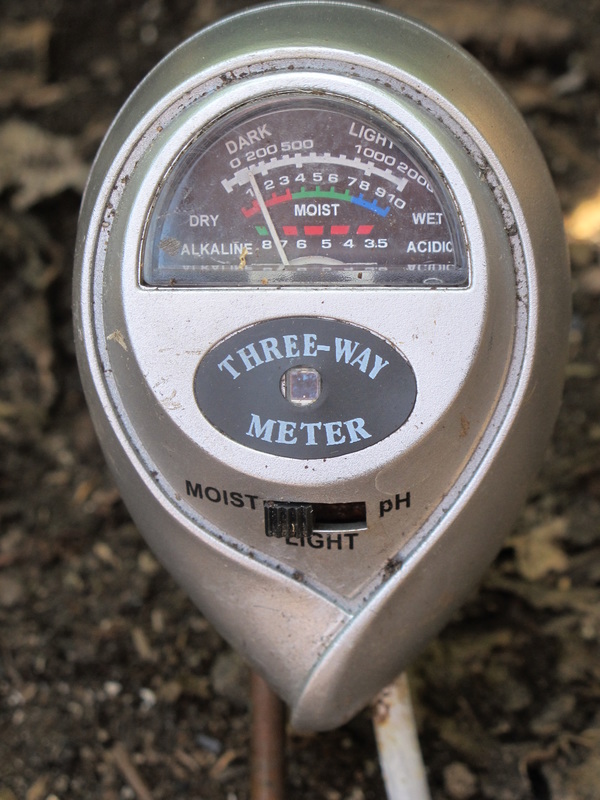
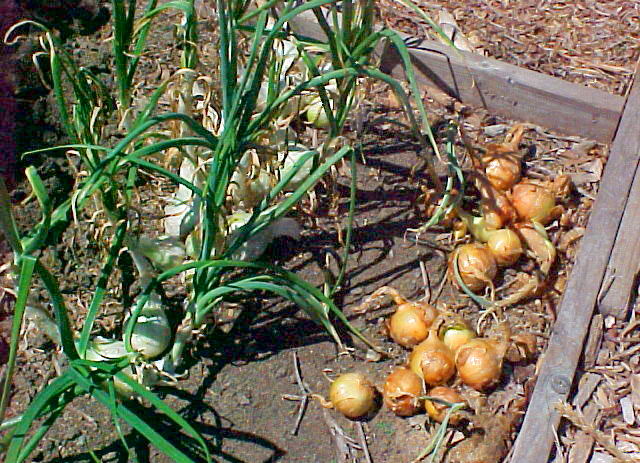
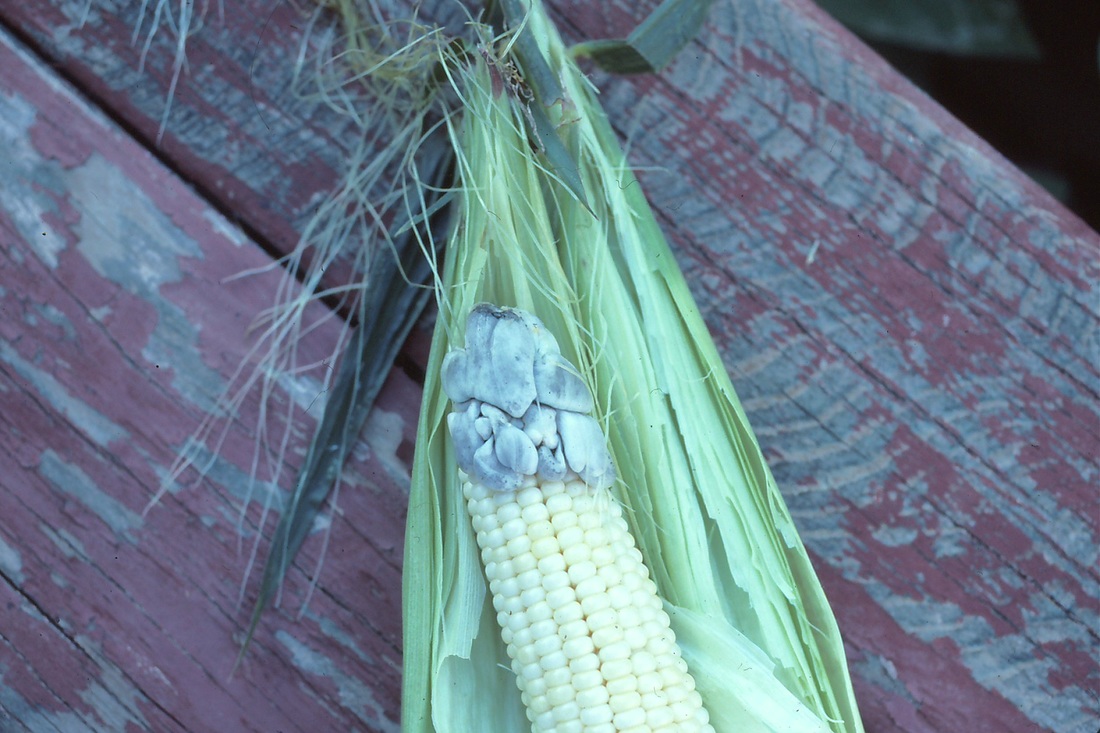
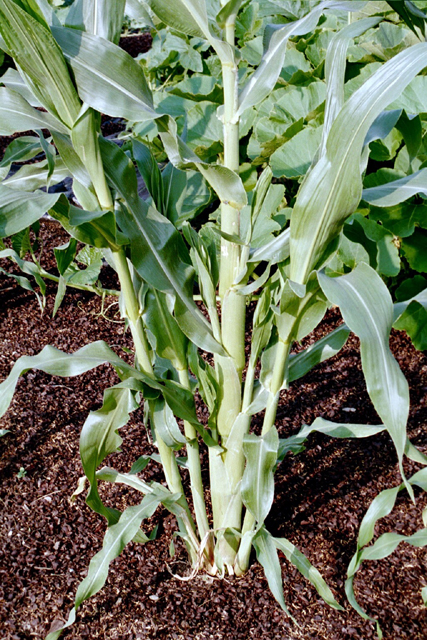
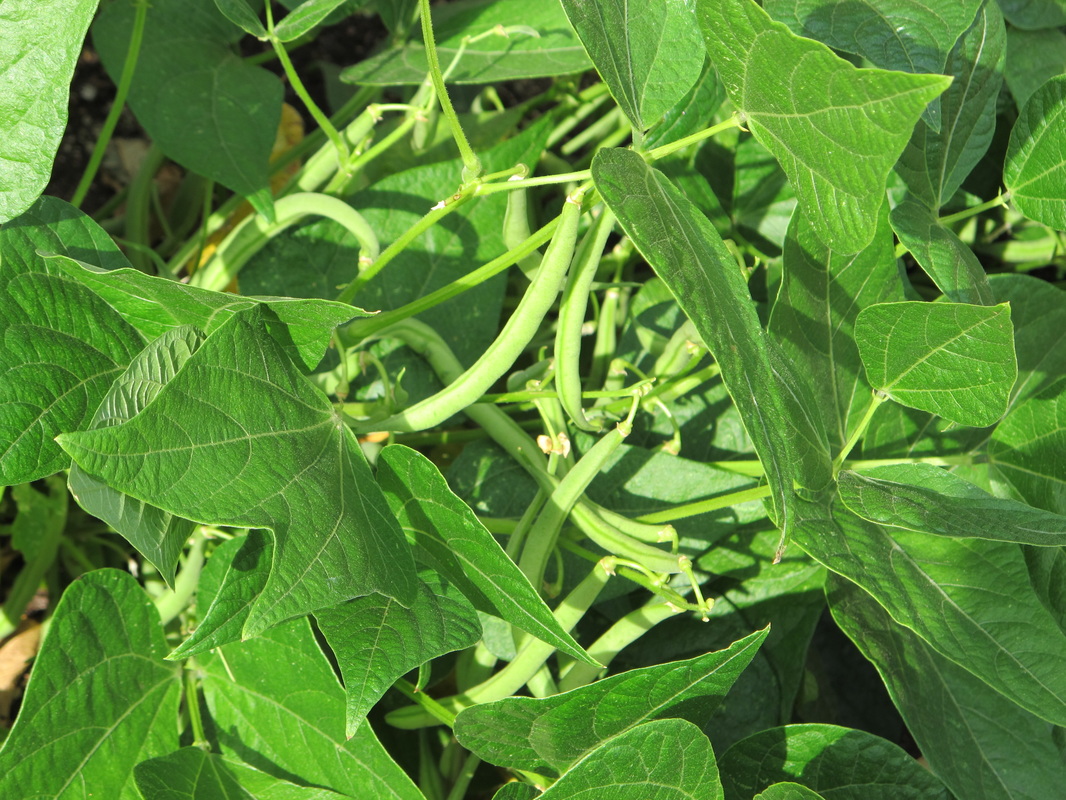
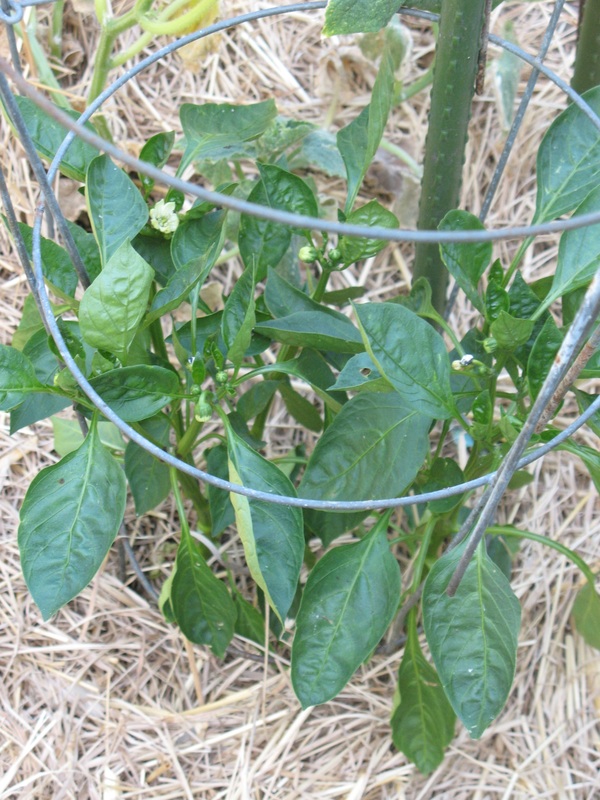
 RSS Feed
RSS Feed